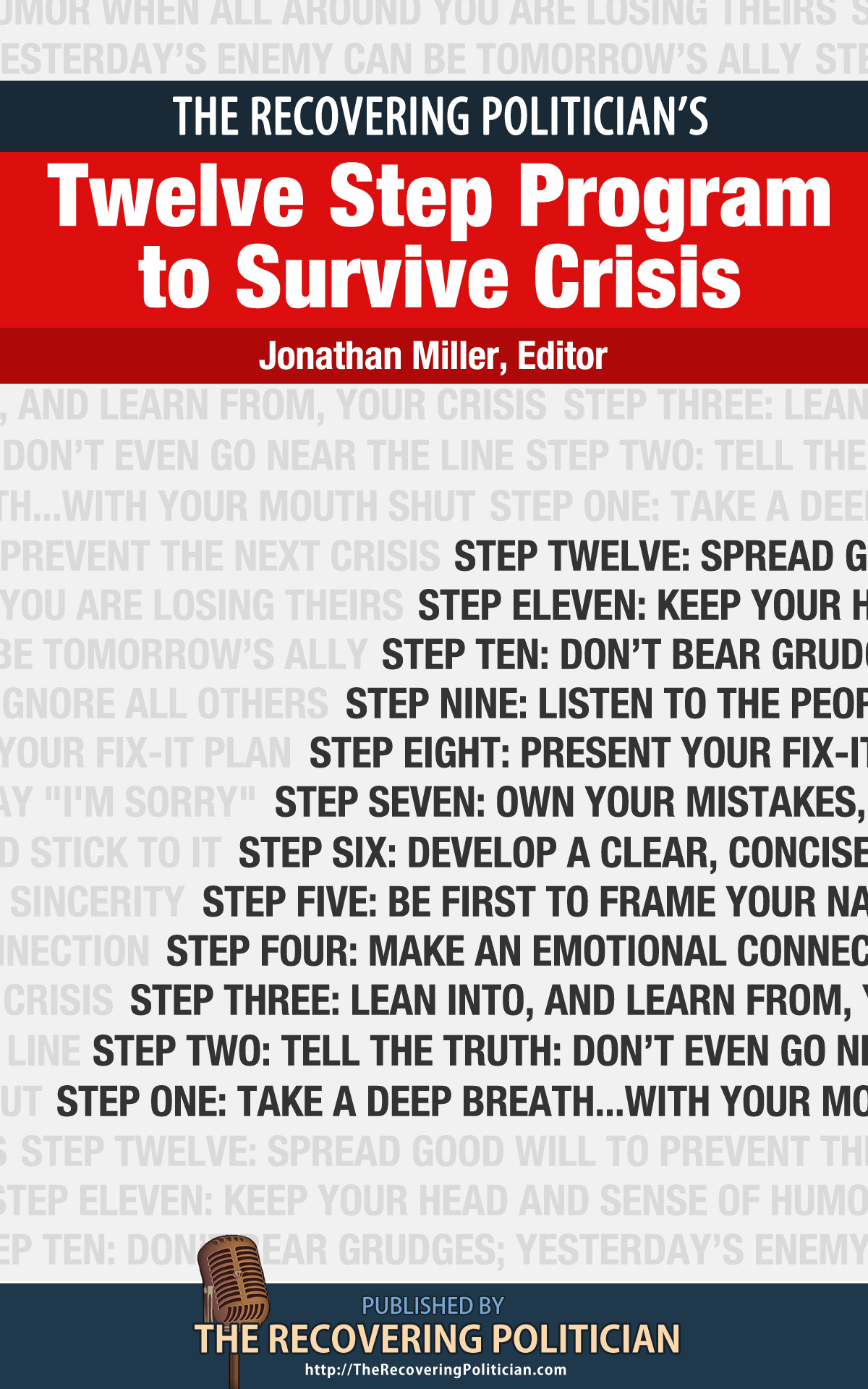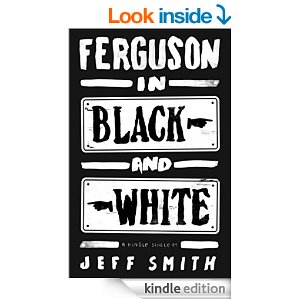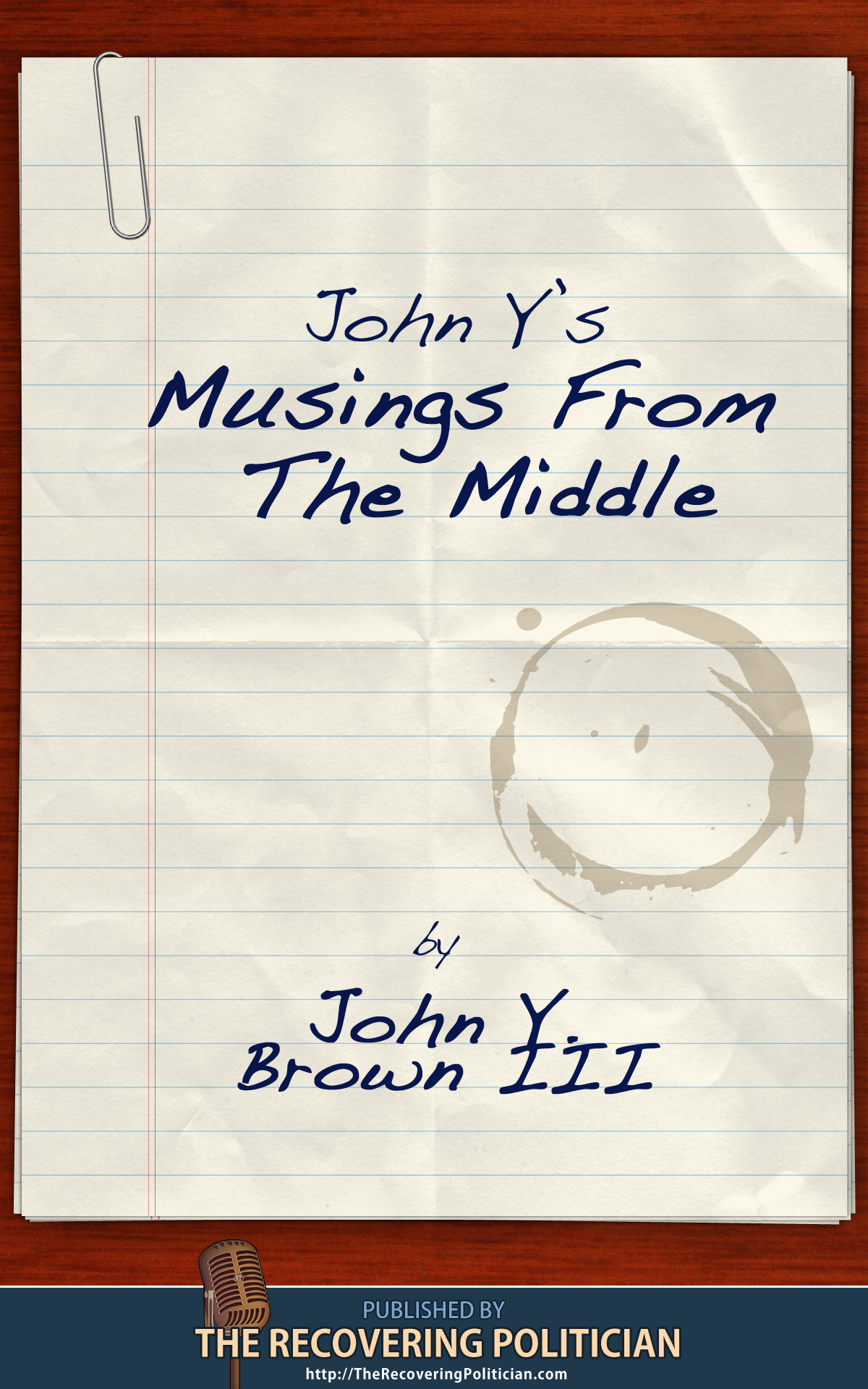I’m not much of a car guy but when Ford announced it was dumping its Mercury line I got a little nostalgic. I wasn’t born when “Rebel Without a Cause” was released in 1955 but remember seeing the movie as a kid and being in awe of James Dean. Who can’t relate to the lonely rebellious outsider, with his slicked back hair and leather jacket, trying to fit in? No one remembers the name of the character Dean played (Jim Stark). After a tragic death James Dean became the character in our minds for eternity. Don’t get me started on Natalie Wood. The thing everyone remembers and the real icon from the classic movie is the cool Mercury James Dean drove. It was a 1949 six-passenger coupe, fitted with a V-8 and an attitude to match Dean’s character. The Merc was coolness personified.
Don’t you wonder how the Merc became so cool coming from Ford where Henry’s motto was, any customer can have a car painted any colour that he wants so long as it is black. The Model T was the iconic product of a new industrial era. Henry Ford gave us the assembly line and mass production. He didn’t give us cool. For that you have to look to his only son Edsel, who had a better idea. I know we associate the name Edsel with failure but that is because of a disastrous Ford model that was introduced in 1958 well after Edsel had died in 1943. Edsel Ford was not a failure.
Edsel was far more interested in design and flashier styling for cars than his father. He relentlessly advocated for more modern cars reflecting consumer tastes to replace the Model T but was consistently overruled by his father. It wasn’t until sales of the Model T started to decline that Edsel began having influence on car body design and performance specifications. He was very interested in high performance cars and many give him credit for customizing the first “Hot Rod” with a V-8 engine. In 1939 he started the Mercury brand from scratch. It was a way to offer consumers a car that was more stylish than a Ford at a price point between a Ford and the luxury Lincoln brand. Edsel brought the power of design to Ford and had a big impact on the auto industry.
 Mercury really took off with the introduction of the 1949 model, the Mercury Eight. Not only did it become famous as James Dean’s ride in “Rebel Without a Cause” it quickly was popular with car customizers. Maybe it was an early example of open source innovation. An entire ecosystem of hobbyists and suppliers grew up around customizing the 49 Mercury. Hot Rod and Motor Trend featured pictures and stories about the coolest chopped Mercs. Hobbyists today still customize old Mercs and there are fiberglass replicas in production that are popular with today’s kit car and hot rod enthusiasts. Not many cars have had that much staying power and impact.
Mercury really took off with the introduction of the 1949 model, the Mercury Eight. Not only did it become famous as James Dean’s ride in “Rebel Without a Cause” it quickly was popular with car customizers. Maybe it was an early example of open source innovation. An entire ecosystem of hobbyists and suppliers grew up around customizing the 49 Mercury. Hot Rod and Motor Trend featured pictures and stories about the coolest chopped Mercs. Hobbyists today still customize old Mercs and there are fiberglass replicas in production that are popular with today’s kit car and hot rod enthusiasts. Not many cars have had that much staying power and impact.
Unfortunately Mercury’s heyday was in the 50′s. It hasn’t been interesting since with few remarkable models. I am not surprised that Ford is dumping the brand. It has no clear positioning in the market. I can’t think of a single person I know who owns one. While it makes sense for Ford to consolidate its brands and platforms it didn’t stop me from a little nostalgia when I heard that Mercury, the messenger of the Gods, had a simple message for the brand, you’re fired. For all rebels without a cause it is worth taking a moment to remember what the 49 Merc stood for.











